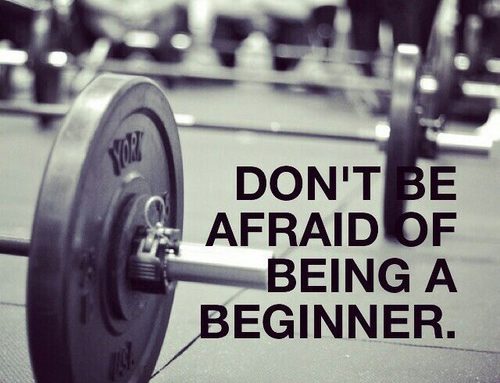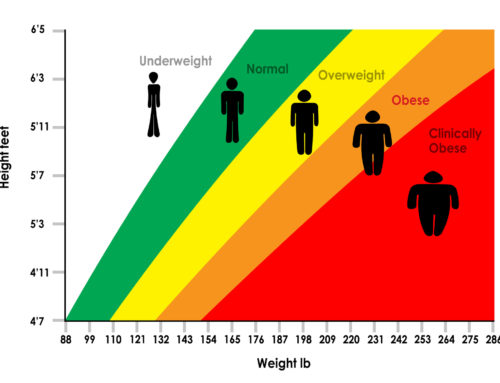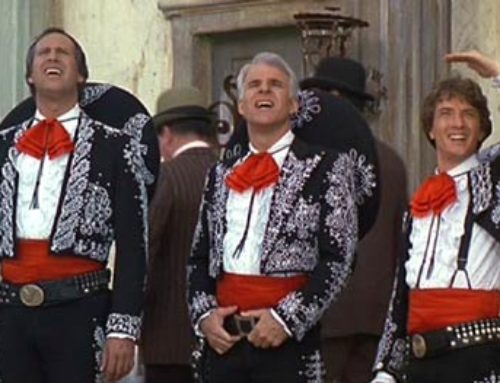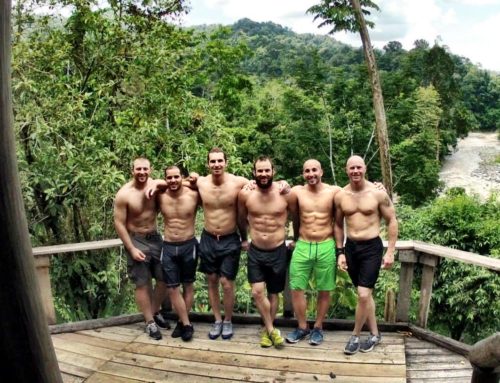Which program should you choose to develop strength, Wendler 531, Starting Strength, Westside Barbell, John Christy’s AB Split, Smolov Squat Training, Bill Starr’s 5×5, Hatch Squat Method, Texas Method, etc…? That is the magic question and these are just to name a few. As a masters athlete we don’t just want strength, we want to gain it in a manner that reduces risk and promotes health and sustainable training. There are 101 different ways to increase strength. Just go online, hire a personal trainer or go to the local gym and you’ll figure that out.
The key to strength training and doing it successfully is “not” doing what everybody else is doing or some program from Russia that athletes who use PED’s are doing, just saying. Any, and I do mean any, strength program should have a plan. Most importantly, it should be based on solid science and muscle training theory. Also, it doesn’t have to be complicated. If you read the works of several of the best known strength experts, you’ll find similarities in all of their training models. Some of those basic program principles include but are not limited to;
The program should be based on solid science
The program should start where you’re at
The program should focus on a goal/outcome
The program should be driven by performance and adaptation and not a specific timeline(response to training)
The program should have periodization as its foundation
The program should target the muscle groups needing strength gains but focus on “movements” and not specific body parts
The program should “limit” risk and promote health (this is my principle)
With any strength program, you don’t have to determine your 1 RM or 3 RM to start. If you are a beginner athlete, your 1 RM is not going to be solely based on pure strength anyway. Instead, it is based on familiarity of the movement, limited experience of the learned movement patterns, and the awareness that you have of “heavy.” In other words, you’ve got to get used to handling heavy loads and what it feels like to be under load and comfortable with it. For example, if you don’t feel comfortable in the bottom of a squat with weight, how can you determine a 1 RM or 3 RM. Why do we want the RM anyway? Muscle training theory supports using % of max loads to develop certain types of adaptive changes to performance. These changes fit within the 10 general physical skills; strength, power, endurance, stamina, speed, agility, flexibility, coordination, balance and accuracy.
Strength is best developed when performed at working loads above 65-70% of your maximum load capacity. Most of the methods listed above, use that as a starting point or base. Strength sets can vary as needed based on the load % and reps can range from 1-10 most of the time. Strength training in and of itself does not make you “big.” Strength training combined with lots of good nutrition supports muscle hypertrophy and size.
So, where do you go from here. I like the starting strength program for any beginner or even advanced athlete to develop a strong foundation before progressing to a more complex program structure. You don’t have to perform complex training to develop lots of strength! Keep it simple, goal oriented and consistent! Start a program with weekly load progression, consistently train, and when you reach a plateau(unable to complete sets/reps rx for that training session) assess whether you need to de-load or take a step back and then continue on. If you are following our 8 week Masters Basic Training Program, you are doing a modified starting strength model. Don’t be fooled by its simplicity, it can increase strength for beginner and world-class athletes. The difference between the training model of these two populations would be in degree not kind.
Most strength cycles will last 3-6 weeks before de-loading, assessing RM and then starting over. Programming for strength development should be viewed on a micro-cycle (smaller cycles of strength training) and a meso-cycle (multiple micro-cycles over a duration such as every 6 months to a year). There has to be an undulation to your training so your are not training at the same intensity and volume levels constantly.
In my opinion, whatever that is worth, strength should be the foundation of any masters athlete training program. In the FORTIFY course series I teach what masters athletes should focus on based on the science of aging and the 10 general physical skills decline ratios. The top of the list is always STRENGTH! Without strength, all the other skills suffer.
In summary, here is how I approach every athlete before/during/after starting a strength program.
1. Perform a written performance evaluation which includes history, training experience, existing issues, and desired outcomes/goals
2. Assess existing strength capacity through 1RM, 3RM, or 5RM
3. Start a strength program with 4-6 weeks of micro-cycle
4. During the program, assess adaptation response to training
5. Alter metabolic conditioning to support strength training(endurance or CrossFit training has to change to support recovery for strength training)
6. Re-test lifting capacities at the end of the micro-cycle and determine if a maintenance cycle is needed or more strength training
Good luck!
Coach D




Leave A Comment